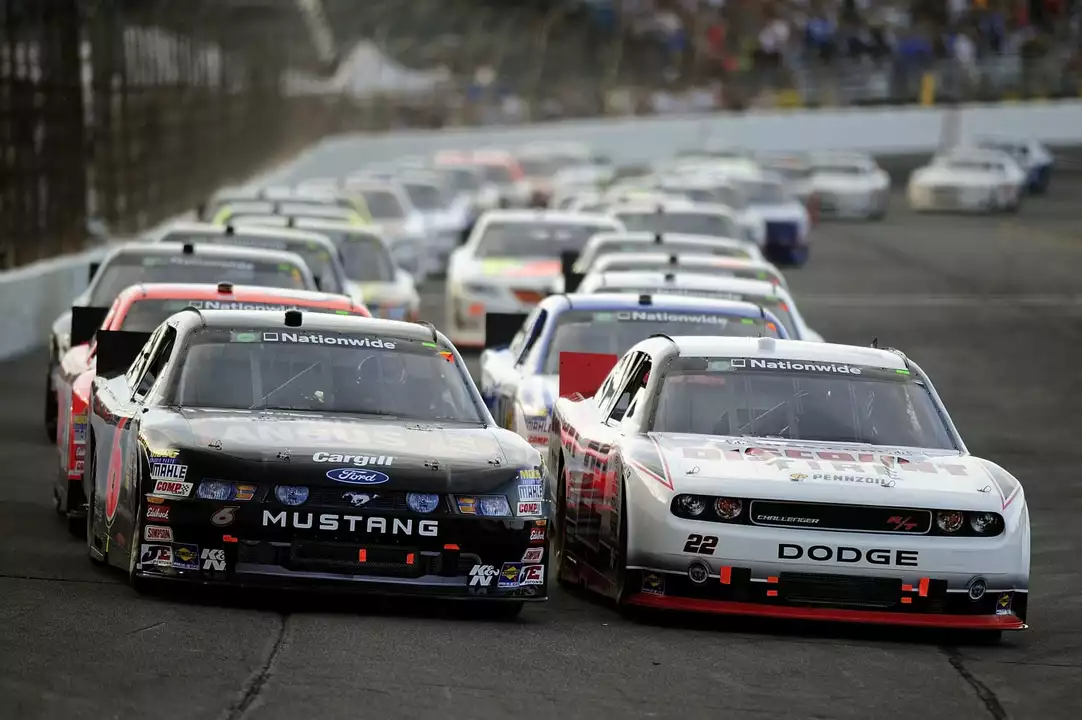May 2023 Motorsports Archive – Latest Insights from ParaRacer
May 2023 was a busy month for us. We shared two hands‑on articles that get straight to the point. One looks at how a chemical engineer can find a place in the world of Formula 1, and the other breaks down the famous Indianapolis racing line. Both pieces give real tips you can use whether you’re studying engineering or planning your next lap at Indy.
Can a Chemical Engineer Work in F1?
If you have a chemistry or engineering background, you might think F1 is out of reach. It isn’t. Teams need specialists who understand fuel composition, lubricant performance, and material science. A chemical engineer can help design fuel blends that give more power while staying within regulations. They also work on high‑performance oils that keep the engine cool and reduce friction.
Beyond the power unit, chemical engineers help choose lightweight composites for chassis and aerodynamics. The right polymer mix can cut weight without sacrificing strength. Cooling systems are another hot spot – literally. Engineers use heat‑transfer knowledge to keep brakes and engines from overheating during a sprint.
Sustainability is a growing focus. Today’s teams explore battery chemistry for hybrid systems and research alternative fuels that lower carbon footprints. A chemical engineer’s expertise is key to turning lab ideas into track‑ready solutions. So, if you love cars and love chemistry, an F1 career is more realistic than you might think.
How Does the Indianapolis Racing Line Work?
The Indianapolis Motor Speedway is all about speed and precision. The racing line is the path that lets you carry the most speed through each corner. Start by aiming for the apex – the inside point of the turn. Hitting the apex lets you straighten the car early, which means you can get back on the throttle sooner.
After the apex, you drift back toward the outside of the track. This smooth transition keeps the car balanced and reduces tire wear. If you cut the corner too tight, you lose grip and slow down. If you stay too wide, you waste distance. The sweet spot is a smooth, flowing curve that feels natural under the steering wheel.
Practicing the line involves feeling the car’s weight shift. Brake just before the turn, then let the car turn in gently. As you hit the apex, ease off the brakes and apply power. You’ll notice the car wants to drift outward – that’s when you let the steering wheel turn a bit more to keep the car stable. Repeating this process builds muscle memory, and soon the line feels like a second instinct.
Mastering the Indianapolis line isn’t just about lap times. It also protects your tires, so you can push harder later in the race. A consistent line means more even tire wear, which translates to fewer pit stops and better overall performance.
These two May 2023 posts show how technical know‑how and driver skill intersect in motorsports. Whether you’re drafting a résumé for an F1 team or shaving seconds off your lap at Indy, the right knowledge makes a huge difference. Keep exploring, keep testing, and the track will reward you.

Can a chemical engineer work in F1?
As a chemical engineer myself, I've always been curious if my expertise could be applied to the world of Formula 1 racing. After some research, I discovered that chemical engineers can indeed work in F1, particularly in areas such as fuel and lubricant development. These professionals can also contribute to the design and optimization of various car components, such as lightweight materials and efficient cooling systems. Additionally, chemical engineers can work on improving the sustainability of the sport through innovations in battery technology and alternative fuels. Overall, there are many opportunities for chemical engineers to make a significant impact in the exciting world of Formula 1 racing.

How does the Indianapolis racing line work?
As a racing enthusiast, I've always been fascinated by the Indianapolis racing line. It's a technique used by drivers on the iconic Indianapolis Motor Speedway to achieve the fastest possible lap time. The line involves taking a specific path that maximizes speed through the turns, typically hugging the inside of the corner at the apex and then smoothly transitioning back to the outside. This allows the car to maintain a higher speed and reduce tire wear. Understanding and mastering the Indianapolis racing line is crucial for any driver looking to succeed at the legendary track.